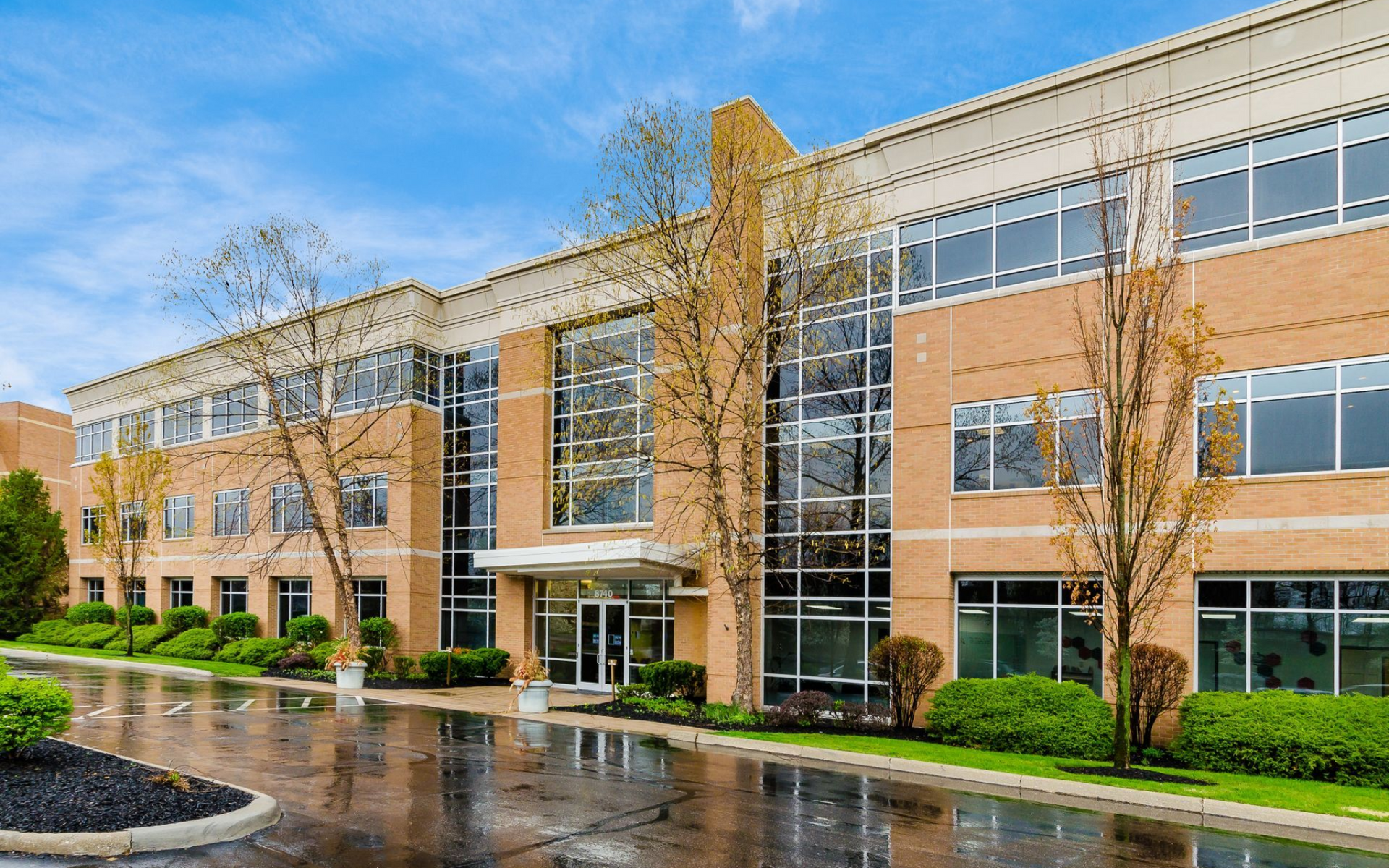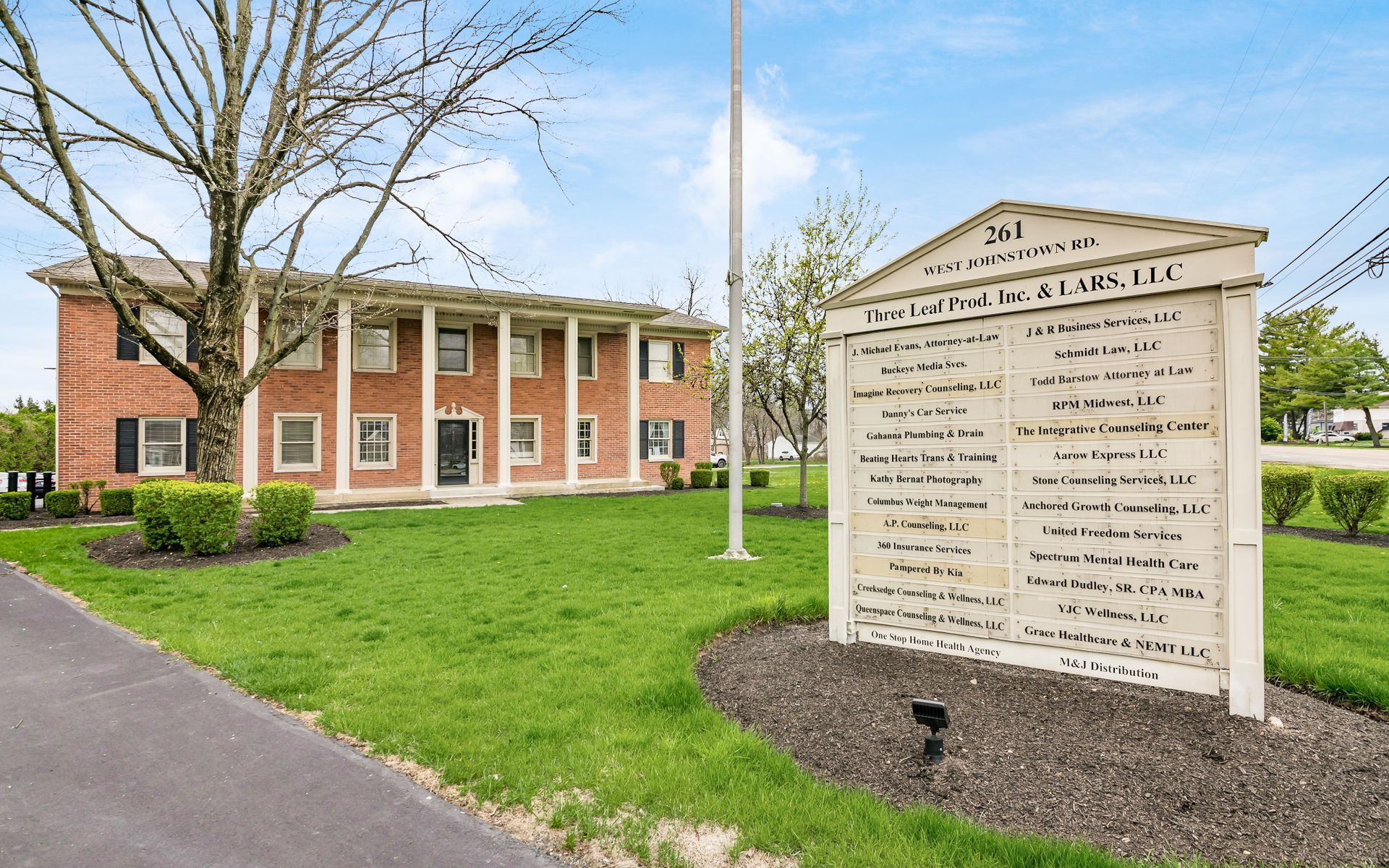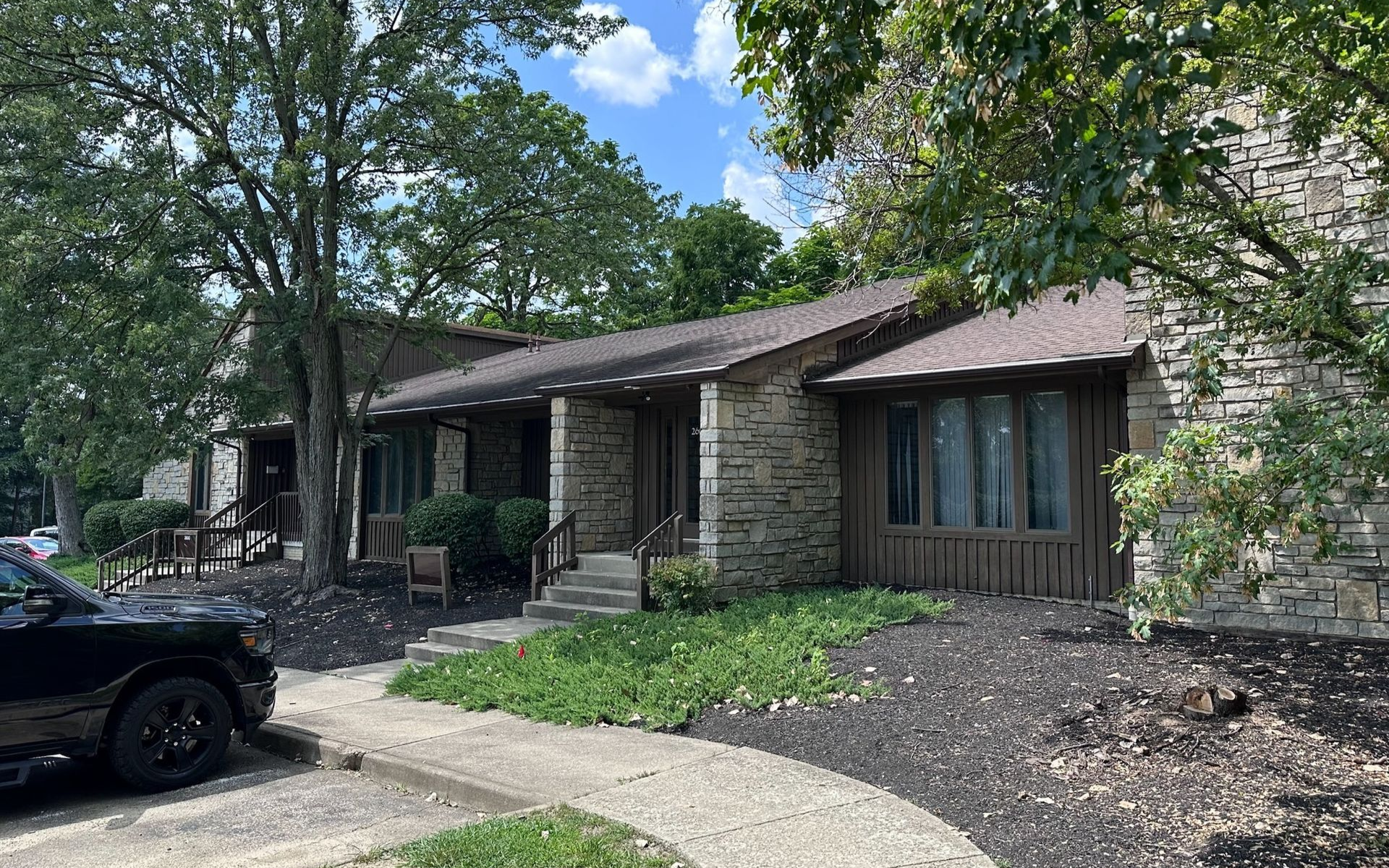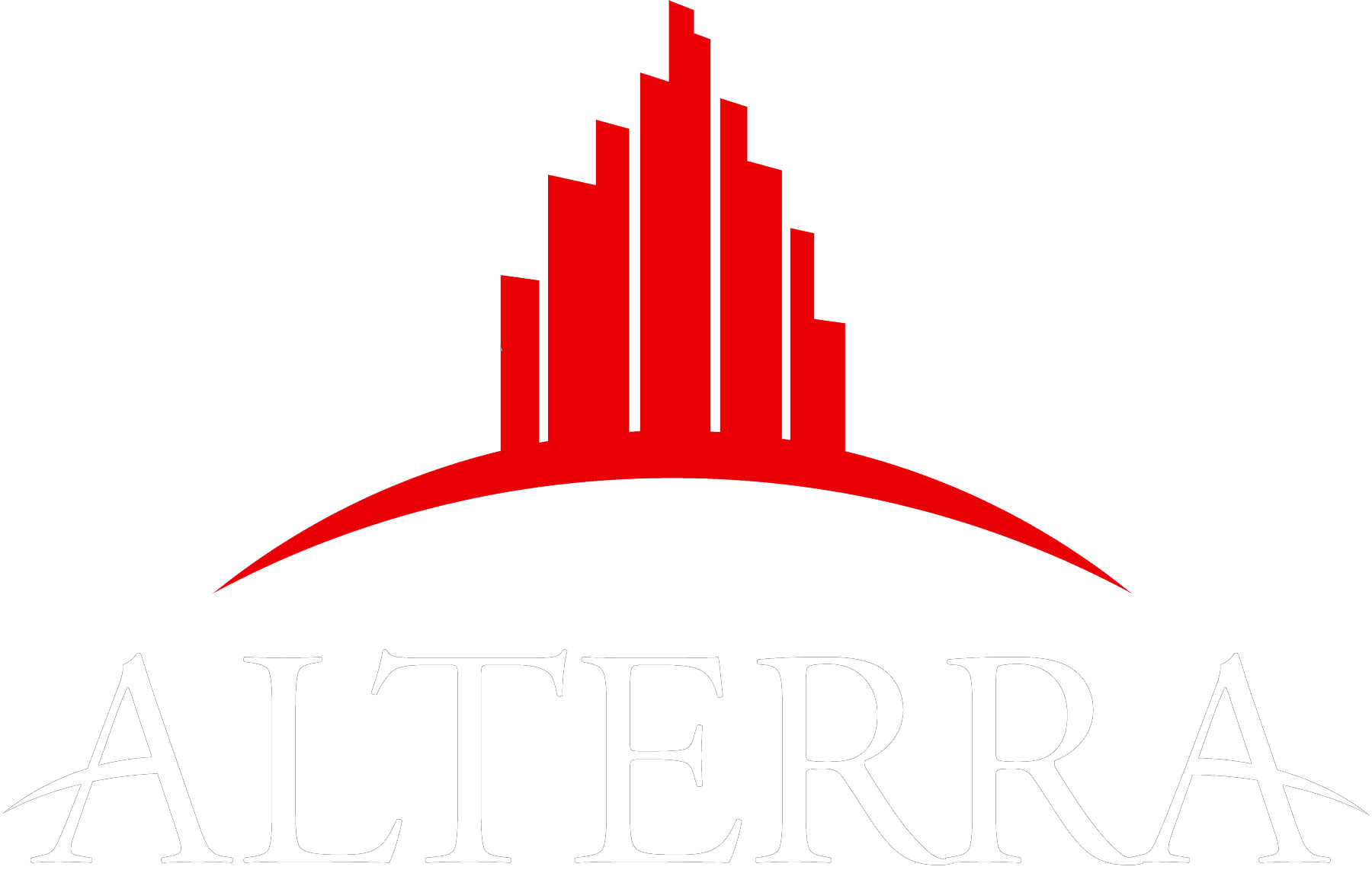How to Evaluate a Commercial Real Estate Property Beyond Location
This article discusses the multifaceted approach required to evaluate a commercial real estate property, going beyond the traditional consideration of location. We delve into various crucial factors that can influence the value and appeal of a property. As the U.S. real estate market is projected to reach $25.79 trillion by 2025, according to Statista, understanding these elements is imperative for investors seeking to capitalize on emerging opportunities. By exploring these elements, investors can make informed decisions, mitigate risks, and enhance their return on investment. Let's explore the key factors in evaluating commercial real estate comprehensively.
Analyzing Supply and Demand
The balance between supply and demand is a fundamental concept in evaluating commercial real estate. When demand exceeds supply, property values tend to rise, offering potential capital gains for investors. Conversely, an oversupplied market can lead to depreciating values and increased vacancy rates. Understanding local market trends and inventory levels can provide insights into future property performance. Effective analysis involves examining historical data and predicting shifts in demographic and consumer behavior. This broader perspective helps investors avoid overvalued markets and focus on areas with strong growth potential.
Economic Indicators Impact
Economic indicators significantly impact commercial real estate valuation, with GDP growth often correlating with increased demand for space. Employment rates, interest rates, and inflation are also crucial metrics, as they influence both occupier demand and financing conditions. Monitoring these indicators helps investors anticipate market cycles and adjust their strategies accordingly. Investors must also consider regional economic conditions that can affect local property markets. An informed view of the economic landscape aids in identifying investment opportunities and mitigating risks while keeping portfolios resilient in fluctuating markets.
Industry Trends and Projections
Staying abreast of industry trends and projections is essential for making sound investment decisions in commercial real estate. For example, the rise of remote work has influenced demand for office spaces differently across various regions. Retail properties are evolving with the e-commerce boom, affecting the demand for traditional retail spaces. Investors should evaluate potential future trends, such as sustainability and technology-driven changes, and their implications for real estate. A proactive approach allows investors to anticipate shifts and adapt their portfolios accordingly, ensuring long-term relevance.
Market Saturation Levels
Market saturation levels provide insight into the potential for growth and profitability within a real estate sector or location. A saturated market may indicate limited room for growth, leading to competitive pressures on rental rates and property values. Conversely, areas with growth potential and limited saturation may offer lucrative investment opportunities. Assessing the competitive landscape allows investors to identify niche markets and differentiate their offerings. This understanding helps in strategic planning and informed decision-making.
Competitive Landscape Assessment
The competitive landscape assessment involves analyzing existing properties and their capabilities within a market. It provides insights into a property's viability against its peers and potential areas of improvement or differentiation. Factors such as pricing, amenities, and tenant mix contribute to a property's competitiveness. Investors should also consider future developments that could alter the competitive dynamics. A thorough assessment helps in strategic positioning and identifying unique value propositions that drive long-term profitability.
Revenue Streams and Cap Rates
Revenue streams, including rental incomes and ancillary services, are fundamental to evaluating a property's financial health. Capitalization rates, or cap rates, are used to gauge potential returns, reflecting the property's income-generating capacity. A lower cap rate often signals a lower risk investment, while higher rates may indicate potential risks or distressed properties. Examining these metrics helps evaluate the property's financial sustainability and growth potential. Understanding the components of revenue and cap rates is crucial for investor decision-making and risk mitigation.
Cost Analysis Including CapEx and OpEx
Cost analysis is critical in evaluating the long-term viability and profitability of a commercial property. Capital expenditures (CapEx) involve significant investments in property improvements, which can enhance asset value but require substantial initial outlays. Operating expenses (OpEx) cover routine maintenance and operational costs essential for maintaining property standards. A comprehensive cost analysis includes these components to project future cash flows and identify areas for cost optimization. Effective management of expenses supports sustainable and profitable property performance.
Understanding Discounted Cash Flow (DCF)
The discounted cash flow (DCF) model offers a strategic approach to evaluating long-term property investment potential. It calculates the present value of projected future cash flows to assess investment attractiveness. Essential variables in DCF analysis include estimated rental growth, maintenance costs, and discount rates. Investors use DCF to compare investment options and determine fair property valuations. A solid grasp of DCF principles is vital for assessing potential returns and making well-informed investment decisions.
Evaluating Debt Structures and Financing
Examining debt structures and financing options is critical for managing risk and ensuring positive returns. Various financing structures, such as conventional mortgages, mezzanine financing, or joint ventures, offer different benefits and risks. Understanding debt ratios and interest obligations helps evaluate the property's financial leverage. Adequate financing strategies align with investment objectives and market conditions, optimizing capital access and minimizing financial stress. Investors must weigh the competitive cost of capital and tax implications when evaluating debt structures to make the most efficient choice.
Return on Investment (ROI) and IRR Expectations
Return on investment (ROI) and internal rate of return (IRR) are crucial measurements of an investment's profitability. ROI represents the percentage increase realized from an investment relative to its cost. IRR offers a more dynamic analysis by considering time value, forecast cash flows, and terminal property value. Investors rely on ROI and IRR to assess a property's financial performance alongside market comparisons. Engaging in comprehensive ROI and IRR evaluation informs strategic decision-making and optimizes investment outcomes.
Property Value and Asset Quality
The value of a commercial real estate property is not determined by location alone. Asset quality, including the age, design, and adaptability of the building, plays a central role in long-term success. Investors must carefully weigh the physical attributes of a property against its ability to meet evolving tenant needs and market demands.
Tenant Profile and Lease Agreements
Understanding the tenants who occupy a commercial property is essential for stability and long-term returns. Strong tenant creditworthiness, well-structured lease agreements, and consistent occupancy rates provide a steady foundation for profitability. Furthermore, diversification of tenants ensures reduced risks and adds resilience in times of economic uncertainty.
Risk Assessment and Mitigation Strategies
Every investment carries risk, but proper risk management in commercial real estate can make the difference between success and loss. From environmental concerns to insurance coverage, evaluating and preparing for potential threats ensures stronger, more sustainable outcomes. Strategic planning and contingency preparation enhance investor confidence.
Utilizing Technology and Data in Evaluation
Modern technology has reshaped how investors analyze commercial properties. Tools like big data, AI, GIS mapping, and property management software enhance decision-making accuracy and operational efficiency. Leveraging these technologies enables investors to stay ahead of competitors and adapt swiftly to market changes.
Evaluating a commercial real estate property comprehensively involves a detailed analysis that extends beyond merely considering its location. By examining market dynamics, financial health, asset quality, tenant profiles, risks, and leveraging technology, investors can make more informed decisions and ultimately enhance the value and profitability of their investments. The multifaceted approach outlined ensures that investors adapt to industry changes, mitigate potential risks, and capitalize on emerging opportunities. With the projected growth of the U.S. commercial real estate market to $25.79 trillion by 2025, thorough evaluations can maximize returns. Successfully navigating the complexities of real estate demands careful consideration of various factors, promoting sustainable, profitable investments. For expert guidance and support in your next investment, reach out to Alterra Real Estate Advisors today.i












Share On: